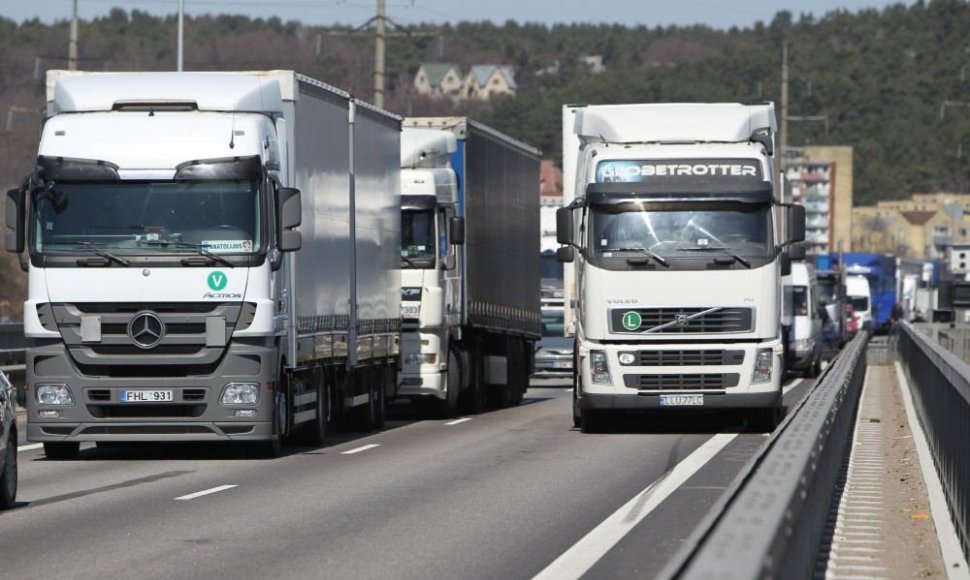The year-on-year GDP growth was due to positive changes in the output in manufacturing and services, including transport and storage and wholesale trade, while the construction industry remained in a downturn, Statistics Lithuania said.
The country's GDP contracted by 9.8 percent in the first quarter compared with the fourth quarter of last year. On a seasonally and workday-adjusted basis, however, the economy expanded by 1.3 percent quarter-on-quarter.
Export-led growth
Lithuania's GDP growth is still driven by exports, but the recovering domestic market will have an increasing impact on the country's economic expansion in the future, Vilija Tauraitė, SEB Bankas' chief analyst, commented on the results.
"We can see that Lithuania's economy remains on a stable growth track. Export remains the source of economic growth, while the domestic market seems to remain somewhat depressed in the first quarter, with retail trade growing at a slower pace than industry and construction declining somewhat," she told BNS.
Lithuania's export-based GDP growth seems to be paradoxical, the analyst said.
"Export is still driving the Lithuanian economy, although this seems paradoxical, because export markets are not enjoying strong economic growth, with some eurozone countries even in recession. So overall, I would say that, especially in the international context, we can regard this as relatively rapid economic growth," she said.
Lithuania's competitiveness in export markets will likely decline, with wages expected to start rising this year and companies to resume investing in modernization. Therefore, growth will start to rely increasingly on the domestic market, Tauraitė said.
"In the quarters ahead, there will probably be a shift to the domestic market," she said.












